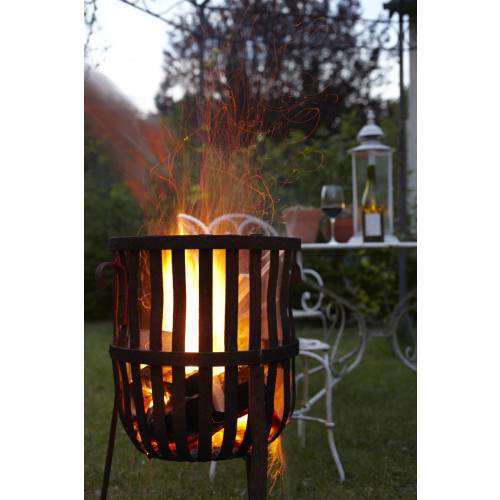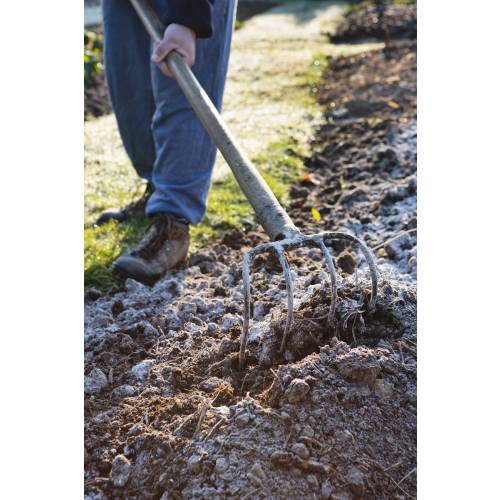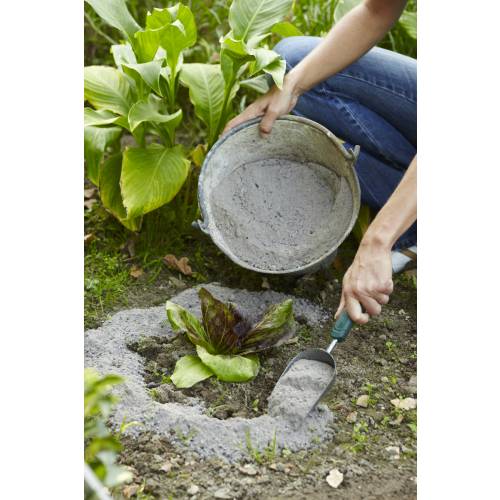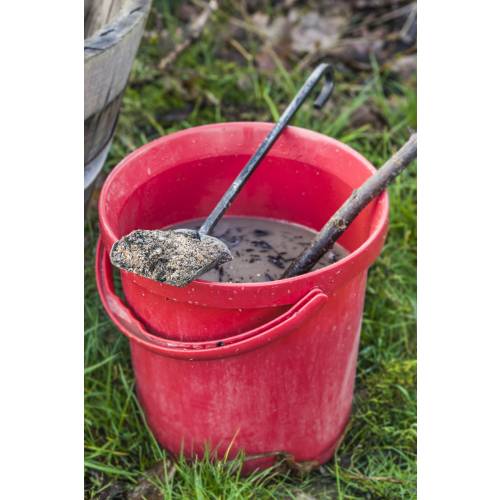
Ecological Garden
Wood's ashes, a real treasure for the garden
- Details
-
There you have a free, beneficial fertilizer! Do not throw it away and on the contrary, make the garden benefit from it.
The good elements in ashes
This waste is rich in some interesting elements for plants. We notably find potassium-based alkaline components, magnesium, calcium and sodium as well as some varied mineral elements such as phosphorus, sulphur, silica, iron and many others. Wood ashes coming from logs or granulated-wood has the same composition. On the useful properties side, ash constitutes a soil-enrichment product. It increases pH as it is mainly made of alkaline elements. It also brings in oligo-elements, these nourishing elements which the vegetable’s crops need in small quantities. Nevertheless, it is not a fertilizer.
To avoid
Charcoal ashes as they contain heavy metal must not be used in the garden. On the other hand, barbeque ashes, garden-fires’ or brazier’s ashes can be used providing they do not contain any traces of hydrocarbon (the cubes used for lighting fires).
How do I use it?
A wood-ashes’ waste is to be used when completely cold. You can spread up to the equivalent of 3 to 4 shovelfuls per m2 (that being 2 Kg). At the base of a fruit tree, you can spread up to 1 Kg. Spreading a very large quantity of ashes modifies the soil’s structure and it forms a sticking paste afterwards. Ash is more useful when it is spread out after heavy, winter rains, at the surface of a soil which has been slightly hoed. Good to know: even if wet, ash can still be used.
1 Spread it out broadcast, with ample movements, close to the ground to avoid it flying away in the wind.
2 Then hoe, especially if the soil is to be used soon.
Other uses
In the vegetable plot, in season : between the cabbages, potatoes, asparagus and others greedy-vegetables rows, spread out 1 Kg of ashes on 5 m².
In the compost bin : you can also get rid of a little bit of wood-ashes in sifting it out and incorporating 1 Kg per 100 L of decomposing matter. Mix well and wait a few months before repeating the entire process.
As a disinfectant : if you do not have healing-paste close to hand to treat the wound of a tree, put some dry ashes on the top of the wound.
Against slugs : Ashes make a good defence against molluscs, as long as it is not wet.
Make ashes' milk
Ashes dilute well in water and allow even more uses than when dry. Dilute some sifted ashes with water so as to obtain a liquid paste. This is called ‘ashes’ milk’. Then, smear it on your fruit trees, up to their main branches. This application fights against the diseases’ winter- forms. As a watering, at the base of strong-developing vegetables or well-settled hedges, the ‘ashes’ milk’ will also give a useful little help. It amazing all the things that can be done with wood’ ashes! - Photos (5)





